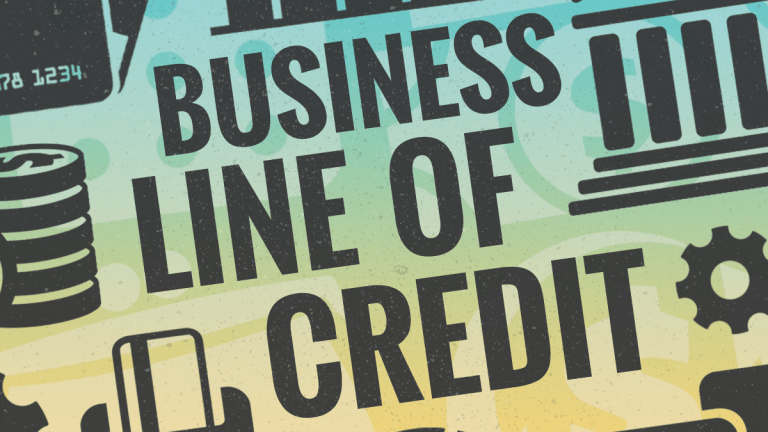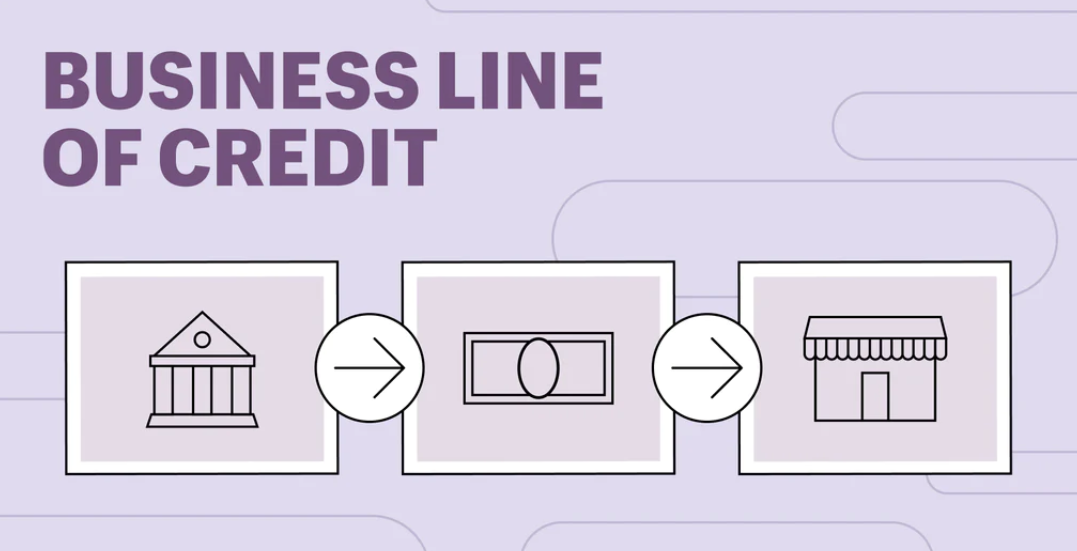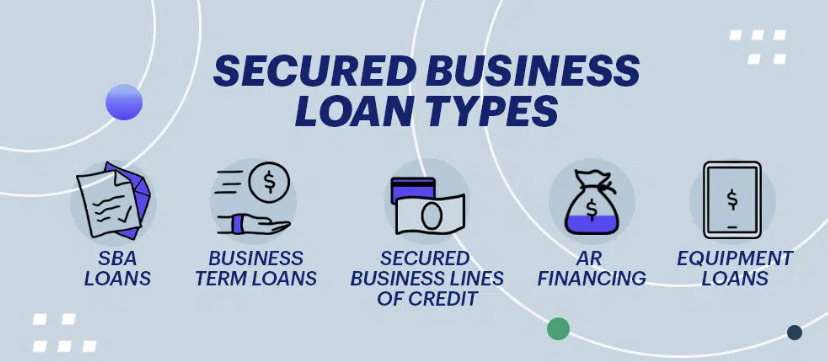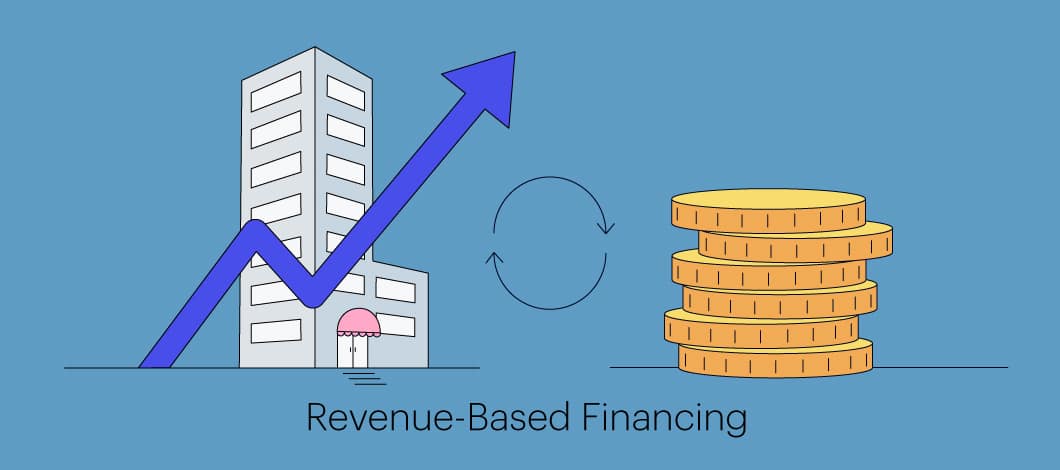Introduction
In the dynamic world of business finance, a business line of credit stands out as a flexible financing option for companies. It’s a revolving loan that allows businesses to borrow up to a certain limit and pay interest only on the amount borrowed. This article delves into the advantages and drawbacks of using a business line of credit, offering insights for business owners to make informed decisions.
Understanding Business Lines of Credit
A business line of credit is akin to a personal credit card. Businesses are approved for a specific borrowing limit and can withdraw funds as needed, repaying either immediately or over time. Interest is charged on the amount used, not the total limit. This flexibility makes it a popular choice for managing cash flow, especially for unexpected expenses or seasonal fluctuations in revenue.
Pros of Business Lines of Credit
- Flexibility in Use: One of the most significant advantages of a business line of credit is its flexibility. Businesses can use the funds for a variety of purposes, from inventory purchases to covering short-term cash shortfalls. This adaptability is particularly beneficial for businesses that experience seasonal variations in cash flow.
- Cash Flow Management: It provides a cushion for businesses during times of limited cash flow. Instead of waiting for clients to pay or for sales to pick up, businesses can use the line of credit to keep operations running smoothly.
- Building Credit History: Regularly using and repaying a business line of credit can help a business build a positive credit history. This is crucial for securing more substantial loans or better terms in the future.

Cons of Business Lines of Credit
- Potential for High Interest Rates: The convenience of a business line of credit can come at a cost. Interest rates are often variable and can be higher than traditional loans, particularly for businesses with a less than stellar credit history.
- Risk of Overspending: The easy access to funds can lead to overspending. Businesses might find themselves relying too heavily on their credit line, accruing debt that can be difficult to pay off.
- Qualification Requirements: Obtaining a business line of credit can be challenging, especially for new or small businesses without a solid credit history or substantial collateral.

Comparing with Other Financing Options
When considering it, it’s essential to compare it with other financing options. Term loans, for instance, offer a lump sum with a fixed interest rate but lack the flexibility of a revolving credit line. Credit cards might offer similar convenience but often come with higher interest rates and less favorable terms. Equity financing doesn’t require repayment but dilutes ownership. Each option has its unique pros and cons, depending on the business’s specific needs and circumstances.
Best Practices for Using a Business Line of Credit
To maximize the benefits of a business line of credit, prudent management is key. Businesses should plan their finances carefully, monitor their credit line usage to avoid overspending, and strategize repayments to build a positive credit history without accruing unnecessary debt.
Conclusion
A business line of credit is a versatile financial tool that offers both opportunities and risks. Its flexibility in managing cash flow and aiding in financial emergencies makes it an attractive option. However, the potential for high interest rates and the risk of mismanagement requires careful consideration. By understanding these pros and cons and employing best practices, businesses can effectively leverage a line of credit to their advantage.







